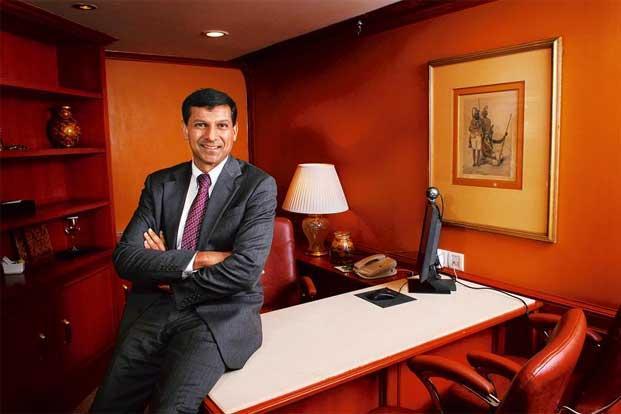A half a percentage point cut in banks’ cash reserve ratio (CRR), or the portion of deposits that commercial banks need to keep with the central bank, will release Rs 32,000 crore into the system. This will roughly cover just about 20% of the cash deficit the Indian financial system has been experiencing since the beginning of January. In other words, this will not be enough to address the “structural” liquidity problem, but the market should feel happy about the fact that the Reserve Bank of India (RBI) has shown the pragmatism and flexibility to treat CRR as a tool to manage liquidity and not as a monetary measure.
Had it stuck to the traditional nomenclature of CRR, it would have refrained from cutting it, as the Indian central bank does not want to reverse its policy stance as yet. The rate-tightening cycle—that saw two hikes in CRR and 13 hikes in policy rates—is over, but it will take a while to start the rate-cutting cycle as non-food manufacturing inflation, the proxy for so-called core inflation, continues to be high. It dropped to its five-month low of 7.7% in December, but is way above RBI’s comfort zone, even though wholesale price inflation dropped to its two-year low, driven primarily by the prices of food items.
After the CRR cut (effective 28 January), the cash deficit in the system will come to around Rs 1.20 trillion, but it will widen again in March when Indian firms will pay advance corporate tax for the last quarter of the fiscal year. Normally, the government increases its spending in March and that releases money into the system, but this time around, we may not see too much of government spending as it doesn’t have much money in its coffers.
Since no old bond of substantial size is being redeemed in next two months, there will not be any relief from the liquidity tightness in the system. Finally, RBI’s sale of forward dollars will also add pressure to the cash deficit in the system. This means we may see another round of a CRR cut in mid-March when RBI goes for the last round of its mid-quarter review of monetary policy in the current fiscal.
When will it start the rate-cutting cycle? Possibly in April, at the annual monetary policy for the next fiscal, if by that time core inflation goes down below 7% and stabilizes there.
As a precondition to kick-start the rate-cutting cycle, RBI wants the government to take some tough decisions on the fiscal front. At this point, it may sound mere posturing, but this can actually happen as the 2013 budget will be presented in March after five states go to polls, allowing the government to be bold in its approach.
With growth slowing fast (RBI has pared projections for both growth of the economy as well as bank credit), one can expect a series of rate cuts in the rest of calendar 2012, though the speed at which such cuts happen will be measured compared with the rate-tightening cycle. Traditionally, RBI tinkers with CRR before shifting its sight on rates. Ahead of the last rate hike cycle that started in March 2010, RBI had raised CRR in January.
As an instrument for liquidity infusion, CRR is more efficient than RBI’s bond buying from banks under so-called open market operations (OMOs), as CRR benefits corporate and individual borrowers while the primary object of OMOs is to make sure the government is able to complete its massive borrowing programme.
The government has raised its borrowing plan for the year twice to bridge the fiscal deficit, at a record Rs 5.14 trillion. Net of redemption of old bonds, it is raising Rs 4.36 trillion from the market.
So far, RBI has infused Rs 71,878 crore through OMOs, about 16.5% of the government’s net borrowing. Apart from infusing liquidity, the OMOs —conducted through auctions—also help “manage” the yield on bonds and bring down the government’s cost of borrowing.
With such a huge government borrowing plan to bridge the fiscal deficit, it is not easy for RBI to pare the floor for banks’ holding in government bonds, currently pegged at 24%, but if it wants to iron out the distortions in the interest rate architecture, it must bring it down.
Indeed, the banking system’s average holding of government bonds, known as the statutory liquidity ratio (SLR), is at least 29% and there is enough leeway for banks to borrow from RBI from its repo window at an 8.5% interest rate, offering government bonds as collateral, but there are foreign and private banks that do not have enough of a cushion to use the repo window. They need to pay more—9.5%—to borrow from RBI.
Following this, the rate of the overnight call money market, where one bank borrows from another, has shot up to 9-9.5%. Ideally, such rates should veer between 7.5% and 8.5% (the rate at which RBI sucks out liquidity from the system and gives money to banks). If RBI cuts SLR, the sanctity of its liquidity corridor (7.5-8.5%) will be restored and the yield on government bonds will also find the right level. If the government can’t manage its fisc, let it be prepared to pay for it.



